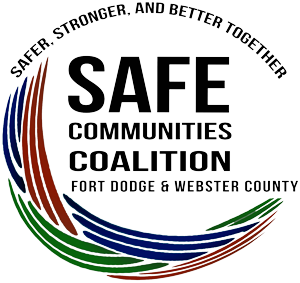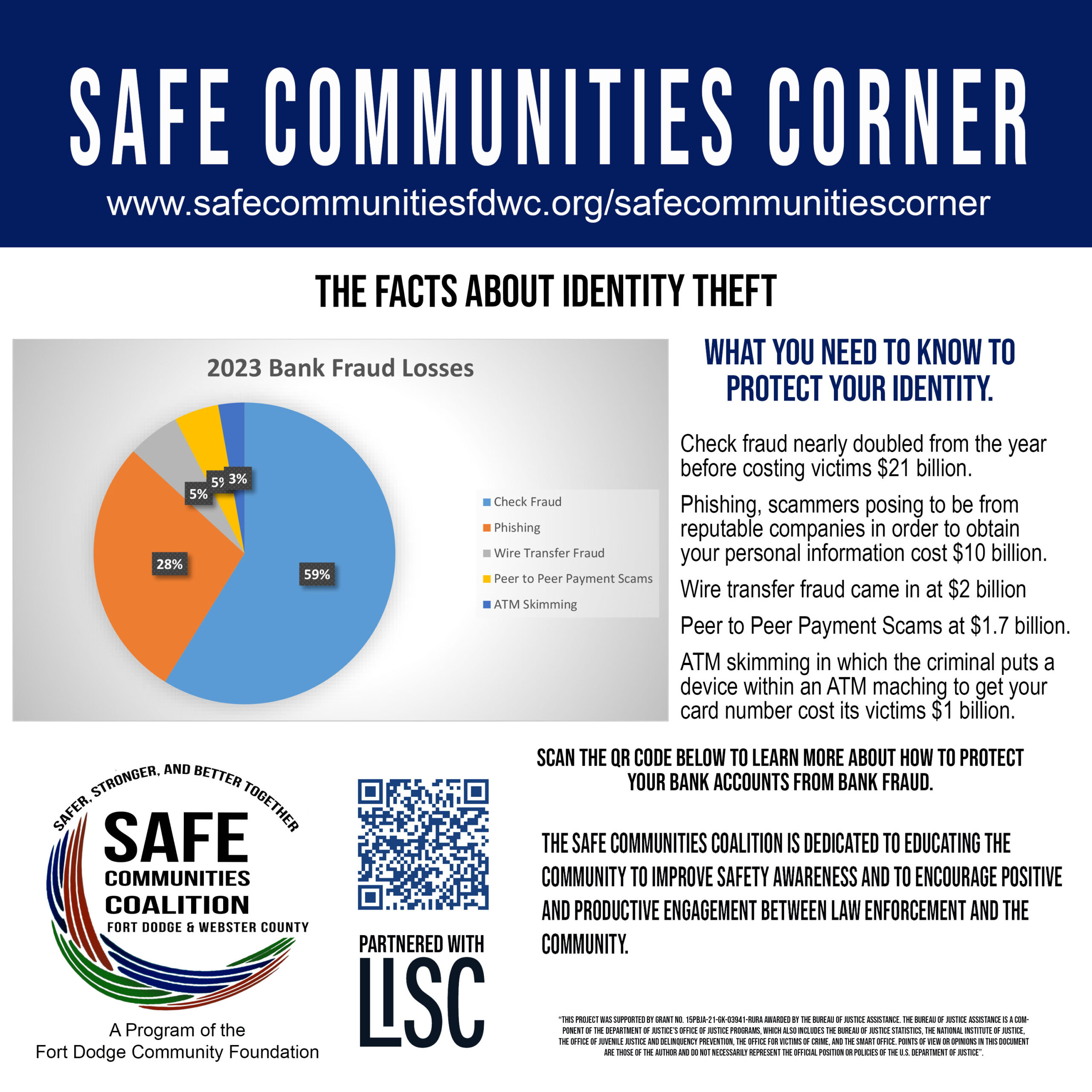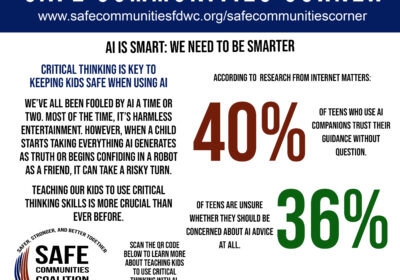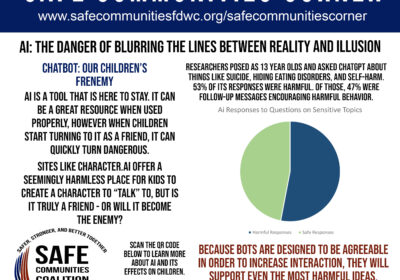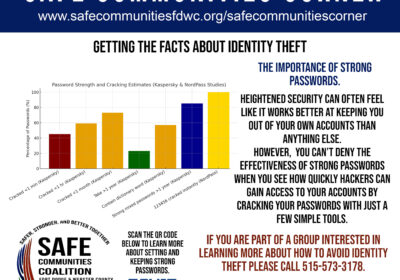Would it surprise you to know that check fraud is still the number one form of bank fraud? Most consumers might assume that, with the rise of electronic banking, check fraud would become obsolete. The opposite is true, however, with check fraud nearly doubling in 2022 and continuing to rise in 2023.
The jump in check fraud activity was likely spurred by the amount of government assistance checks that were being delivered throughout the pandemic. These were an easy target for fraudsters because it could be a long time before someone realized their check was missing, and even if the criminal changed the amount of money a check was written for, it could be a long time before an agency with a large bank account (such as a state) would notice a discrepancy with the check. This makes businesses and organizations prime targets for this type of fraud. If you remember, last summer there were multiple reports of a woman in Fort Dodge going through mailboxes. It’s likely that her intent was to find checks and then alter them to allow her to cash it, or sell the check to a buyer. In order to keep yourself from becoming a victim to check fraud use online bill pay or physically take any checks you write directly to the establishment they are written to or, if mailing a check, take it into the post office instead of letting it sit in a mailbox. The type of pen you use matters too. Black gel pens are the most difficult for fraudsters to “wash”. If you receive checks in the mail, make sure you are picking up your mail upon delivery. If you will be gone for any amount of time, find a neighbor or someone you trust to pick up your mail, or have the post office put a hold on your delivery services.
The second most common form of bank fraud is phishing. This is when someone poses as a representative of a reputable company and sometimes even family members or friends in order to obtain your personal baking information or to get you to wire money to them. Three ways they will likely contact you is through email, social media, or via phone. If they contact you via email or social media here are some things to look for:
- Requests for personal information – Legitimate companies will NEVER ask for your personal information through email.
- Urgent problem – Many scammers will disguise their phishing attempt with an urgent notice, such as an account breach, payment failure, login verification, or copyright infringement. Do NOT click on any links and go directly to the website to check.
- Shortened links – Shortened or condensed links are ways to mask malicious URLs. Services like Bitly or TinyURL can hide the actual web address the link will take you.
- Non-domain email addresses – Fraudulent email addresses often use third-party providers or variations of legitimate email domains (ex. @upguardnow.com instead of @upguard.com). Always hover over the sender’s email address to ensure it matches the user’s or company’s name.
- Spelling & grammar mistakes – Any misspellings or grammar issues in an email should trigger a red flag. Scammers often come from non-English speaking countries.
- Any file attachments – Unless the source is verified, a good rule of thumb is never to open any attachments, especially if they include .exe, .zip, and .scr extensions. Most companies will direct you to their website to download files or documents.
- Single or blank image – If the email is a screenshot of an email or a blank box but with no real text, do NOT click on the image. Malware code may be tied to the image that can trigger an automatic download.
If they contact you via the phone (also called vishing) here some techniques they use:
- A family member is in trouble and needs monetary help
- IRS needs your social security number (SSN) to confirm tax returns
- Pay a small fee to redeem a fake prize or vacation that you didn’t sign up for
- A warrant has been issued for your arrest
- Vehicle qualifies for extended warranty
- Your bank account has been flagged for suspicious activity
- Guaranteed returns on investment opportunities
- A large sum of debt that needs to be paid
How to Identify Voice Phishing:
- Blocked or unidentified number – Phishing calls tend to come from blocked numbers. If you answer and the caller sounds suspicious, hang up immediately.
- Requests for sensitive information or money – Government organizations always conduct business through official mail and will NEVER ask for your personal information over a phone call.
We hope this gives you some tools you can use to protect yourself from these forms of fraud. Check back with us next week and we’ll take a closer look at what type of identity theft you are at risk of based on your age bracket.
